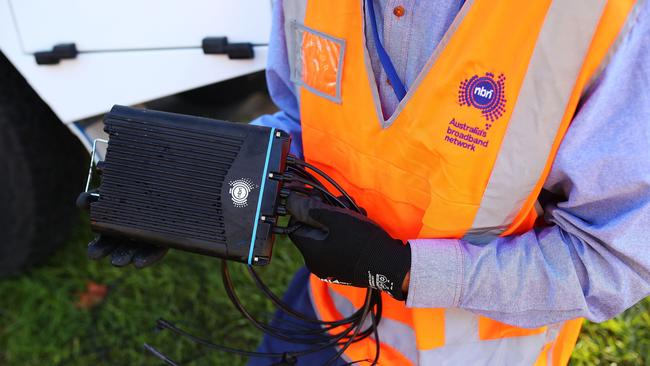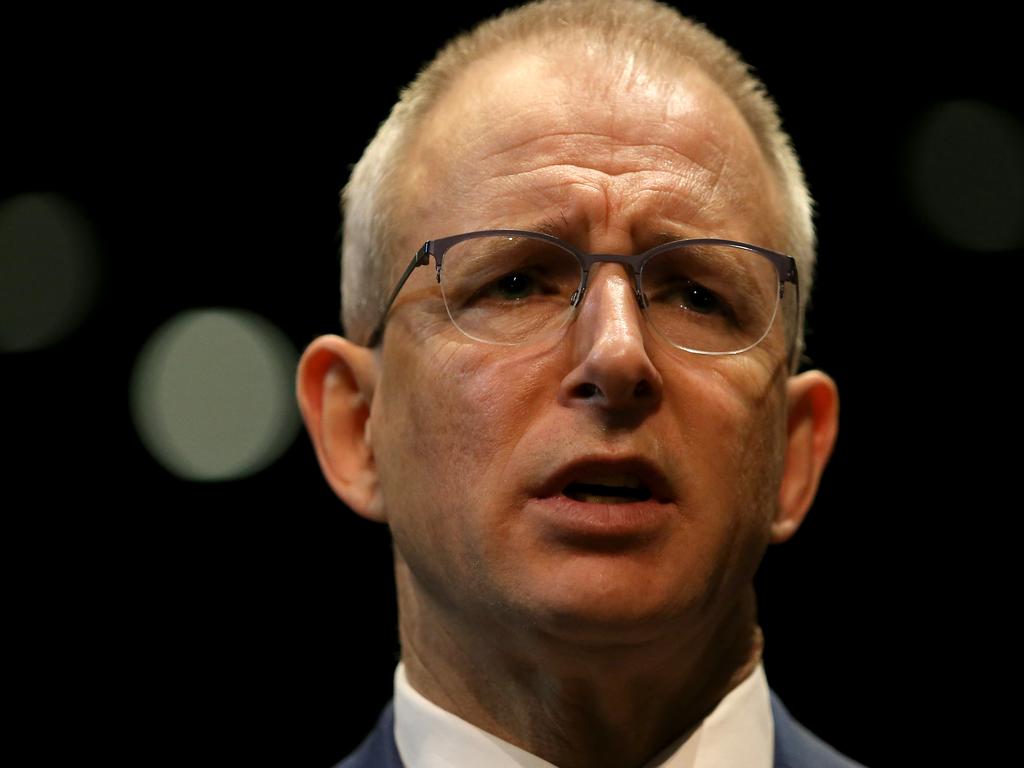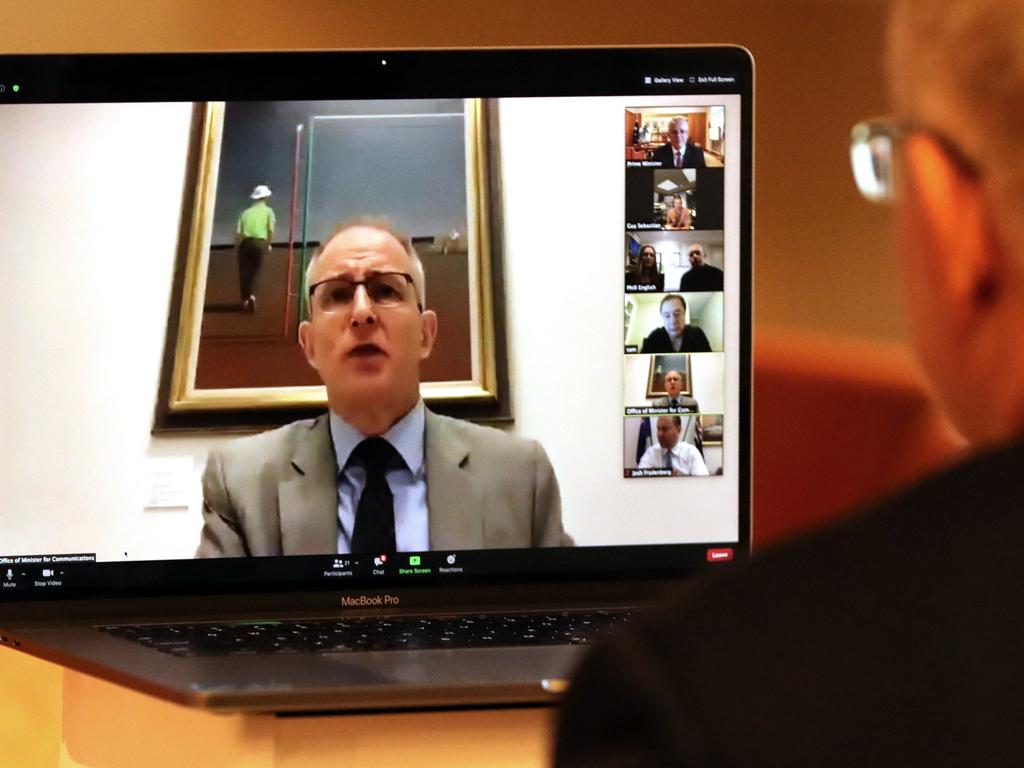Scott Morrison’s NBN fibre upgrade better late than never

Paul Fletcher and Scott Morrison’s multi-billion-dollar shift towards more fibre in the National Broadband Network will be seized upon by Labor that its original “rolled gold” NBN plan has been vindicated.
Given the massive shift in how we work and connect at home throughout the coronavirus pandemic, Australia would have been better served with a national broadband network with more ultrafast fibre from day one.
But the second best time to deploy more fibre is now.
The government’s $4.5bn fibre upgrade represents one of the biggest adjustments to the project since its inception. Up to 75 per cent of fixed-line premises will have speed increases by 2023, as part of an upgrade the government says will create 25,000 jobs.
COVID-19 has proved what many knew already: that our society is moving towards more remote work, more online collaboration, and an economy that is heavily reliant on digital services and internet infrastructure. We can only fully capitalise on those opportunities if we have reliable ultrafast broadband that doesn’t divide us into digital have and have-nots, and allows us to genuinely work from home at the same pace and with the same capabilities as if we were in an office.
An all-fibre broadband network seemed excessive to many in 2009, when then prime minister Kevin Rudd and communications minister Stephen Conroy were leading the project, but in 2020 the Morrison government’s move to replace much of its copper with fibre is an acknowledgment that future-proofing is the right approach.
Then opposition leader Tony Abbott in 2010 said of the NBN: “Do we really want to invest $50bn of hard-earned taxpayers money in what is essentially a video entertainment system?”
Later in 2013, Abbott said at a joint press conference: “We are absolutely confident that 25 [megabits per second] is going to be enough, more than enough, for the average household.”
Twenty-five megabits per second may have indeed been more than enough in 2013, but seven years later the Coalition government is spending billions of dollars to upgrade households across the country to fibre that will provide speeds of up to 1 gigabit per second.
We know now that the NBN isn’t a video entertainment system, but is instead the essential infrastructure underpinning our future success as a knowledge economy.
Yet today’s upgrade should still be applauded, not lambasted.
This has been a project mired in politics for its entire existence, so it’s refreshing to see the government take a pragmatic step rather than stick to inferior technologies. For years, the Coalition government has said it would take a technology-agnostic approach to the network, and that is exactly what it is doing here.
It’s understandable, at least for political reasons, why Abbott in 2012 wanted to ditch Labor’s fibre-to-the-premise rollout. Labor’s plan was popular with so-called fibre zealots and did a poor job at selling it to the broader public.
Connecting every home would have come with an enormous cost and, given the commitment to roll out the network to regional Australia first, there is every chance it would not have yet been completed by the time COVID-19 hit.
And the significant flaws in Labor’s execution cannot be ignored. Sharing some similarities with Rudd’s pink batts scheme, the NBN was well-intentioned, but dogged by blowouts and delays. And, like the pink batts scheme, the rollout on the ground didn’t match Canberra’s intentions. Take-up of the network in its early days was slow, particularly given the inherent amount of digging and works needed to connect fibre to each premise. The NBN became unpopular with a chunk of the population, and it made political sense for the Abbott government, with Turnbull as communications minister, to break with Labor’s policy and shift the project to a multi-technology mix.
The NBN under the Coalition, too, has suffered from cost blowouts and has taken longer than first promised. There’s no moral high ground here — the project under the Coalition has cost at least $20bn more than it initially said it would when it came to power.
Hindsight is, of course, 20/20. And most consumers today would see our NBN, which ranks 62nd in the world broadband speed rankings, as not good enough.
It’s not good enough. But while we should have pursued a fibre-focused network a decade ago, and perhaps found a bipartisan way to build it, we didn’t.
This government is right to pursue an upgrade strategy now, and perhaps finally give Australia the broadband network it has always needed.






